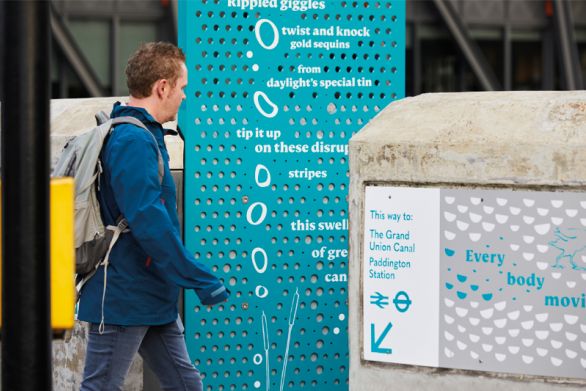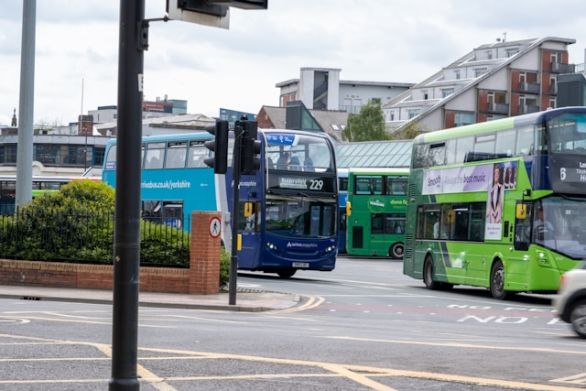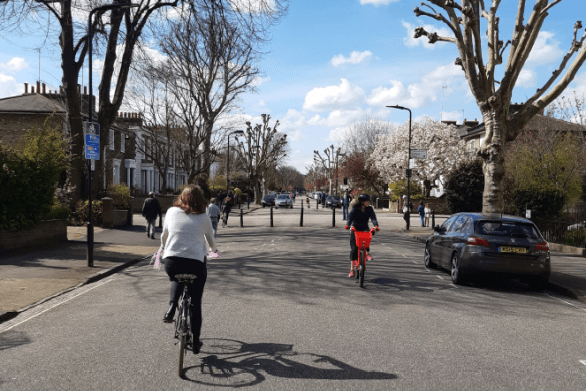With nearly all first round Local Sustainable Transport Fund (LSTF) applications containing measures to increase cycling, this article concentrates on two wheels and getting the most from the following measures - network development, cycle hire, training; and journey planning. Finally, for large project bids, we include a short section on small scheme appraisal.
Cycle network planning
For many cities and areas the most important priority is to link up sections of cycle routes to form a network between residential areas, transport hubs and major employment sites. We have been using GPS camera technology to map cycle networks and identify which roads can be easily cycled by adults and children according to their Bikeability level. We have also been using our Cycle Potential Index to show which housing areas have the greatest propensity for cycling based on distance to work, income, and topography.
Cycle hire
Whilst the Department for Transport showed mixed feelings about cycle hire in the shires, several unitary authorities were given funding. There are now a large variety of cycle hire schemes across the world, with over a quarter of a million bikes in circulation. We are just about to publish a review of cycle hire that shows that they are no longer just applicable to capital cities with big budgets.
Training
Although Level 2 Bikeability training grants for school children have been sliced from the LSTF, for local authorities there is still some money available for partnerships of schools. Many local authorities are now looking at how Level 3 Bikeability training can convert occasional and lapsed cyclists into everyday ones. There is a growing body of evidence from Manchester, London, Liverpool and other national research which indicates that 16% to 20% of cycle trainees go on to cycle regularly. Although the main focus for Level 3 training is one-to-one tuition on routes that the trainee wants to cycle, a growing number of adults need to learn the basic skills. A number of schemes have shown that group training sessions work well as they offer a more supportive environment in which to learn; and a flexible approach to group sessions can allow Level 1, 2 and 3 to be taught together successfully.
Journey planning
Although paper maps are still proving popular, there are a growing number of electronic solutions available to prevent cyclists from getting lost. There are numerous web-based journey planners that display cycle routes and allow users to select their own route, and also websites that allow users to share their cycle routes. To compliment online journey planners, smartphone applications are increasingly popular. Steer Davies Gleave has developed smartphone web applications in Tees Valley, Dundee and Brighton & Hove.
Appraisal
The calculations of value for money for cycling infrastructure and other measures are likely to be needed for those large project expressions of interest that have been successful, particularly as they will have to build a business case before 20th December this year. Whilst traditionally difficult to assess, we are experienced in appraising both infrastructure and soft measures, and are soon to produce a round-up of evidence on how active travel can boost the local economy.











